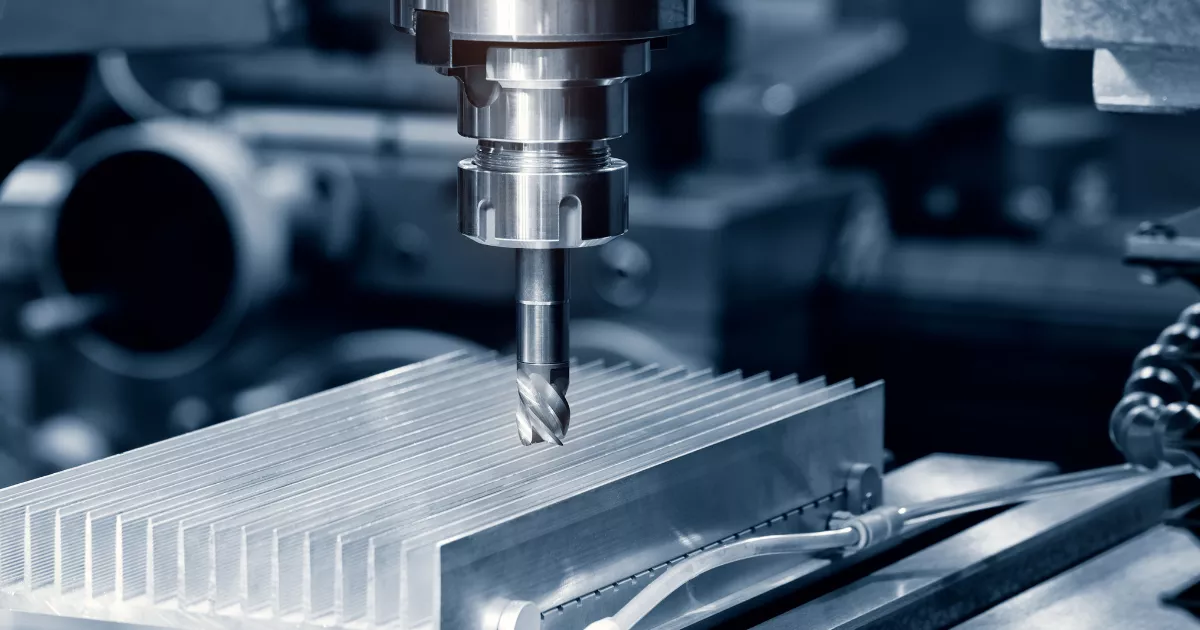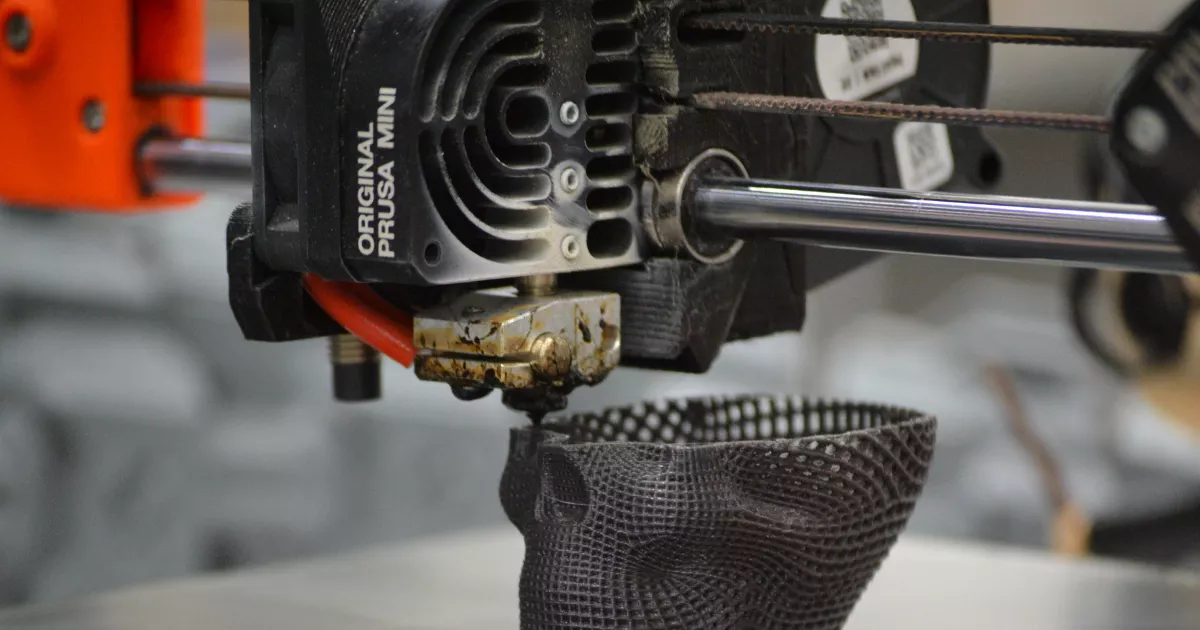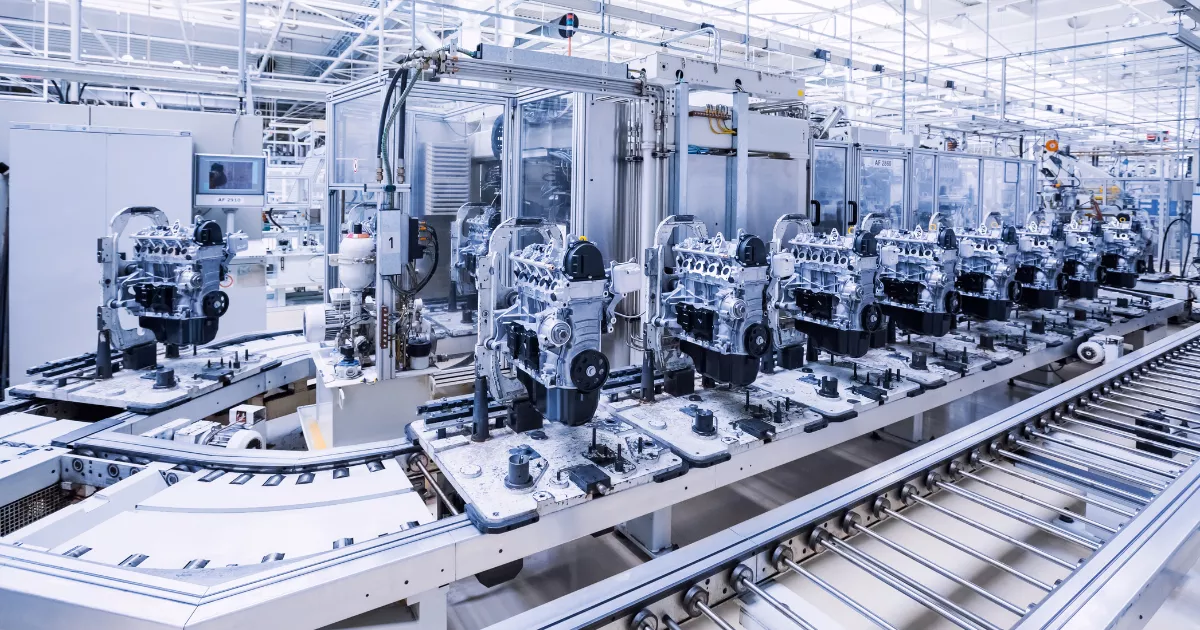Meta Description: Discover the speed and precision of CNC machining for prototyping. Learn about the benefits, processes, and applications of creating functional prototype parts.
CNC machining offers unparalleled precision and efficiency in prototyping. By leveraging state-of-the-art CNC machines, engineers can transform a digital CAD file into a physical prototype with incredible accuracy and detail. Unlike traditional methods, CNC machining allows for easy production of complex geometries and intricate designs.
Regarding prototyping, CNC machining stands out as a reliable and efficient choice. Utilizing a CNC machine to create prototypes offers precision, speed, and versatility in the machining process. Unlike traditional methods, CNC machining allows for highly accurate production of complex and intricate parts. Whether a functional prototype or a detailed component, CNC machines bring designs to life from CAD files with utmost precision.
This blog post will explore the advantages of CNC machining for prototyping projects. From understanding the benefits of CNC to exploring how cutting tools are utilized in the process. We aim to provide valuable insights into why choosing a CNC machining service for prototypes is advantageous. Join us as we uncover how this innovative technology parallels and surpasses other prototyping methods like 3D printing.
What Is CNC Machining and How Does It Support Rapid Prototyping?
CNC Machining is a revolutionary method in which computer numerical control technology commands factory tools and machinery movement through pre-programmed software. This cutting-edge technique has transformed the manufacturing world.
Enabling the creation of intricate machine parts with unparalleled precision and efficiency. At the heart of its appeal for prototyping is its ability to turn digital designs into physical realities quickly. And accurately, making it a cornerstone in developing prototypes across industries.
How Does CNC Machining Support Rapid Prototyping:
- Precision on Demand: CNC machining brings designs to life with exacting accuracy, ensuring that even the most complex prototypes meet stringent specifications.
- Swift Turnaround Time: The speed of the CNC process significantly reduces the time from concept to prototype, facilitating quicker design iterations and faster product development cycles.
- Material Versatility: CNC machines handle various materials, from metals to plastics, allowing designers to experiment with different textures and properties in their prototypes.
- Customization and Complexity: CNC machines’ versatility means that producing custom, intricate designs is as straightforward as producing simpler ones, supporting creative and complex prototyping without additional cost or time.
- Scalability: CNC machining makes transitioning from prototype to production seamless. The same processes and materials can be used for both, ensuring that prototypes accurately represent the final product.
Why Is Prototyping Important in Product Development and Manufacturing?
Prototyping stands as a critical phase in product development and manufacturing, serving as the bridge between conceptual design and mass production. By bringing ideas into the tangible world, prototypes allow for extensive testing and validation of design concepts, ensuring that the final product meets the intended specifications and consumer needs.
This hands-on phase is pivotal for catching potential issues early on and exploring alternative designs, ultimately leading to a more refined and functional product. As a result, prototyping significantly reduces the time to market, a key factor in today’s fast-paced industry environments. The transition from traditional prototyping methods to more advanced techniques, such as CNC machining, marks a significant leap in efficiency and precision.
Choosing CNC machining for prototyping, specifically with technologies like 5-axis CNC, prototype machining, and CNC turning, catapults the prototyping process into unparalleled accuracy and speed. The versatility of CNC machine prototypes, capable of handling various materials precisely, means that nearly any concept can be brought to life with exacting detail.
The CNC prototyping process, including both CNC prototype machining and CNC for rapid prototyping, facilitates quick iterations and modifications, enabling designers and engineers to refine their products with agility. The advanced capabilities of a CNC mill ensure that the prototypes do not only closely mirror the final product.
but also do so cost-efficiently, making it an invaluable tool in the arsenal of modern manufacturing. This seamless integration of design and production through CNC prototype machining is one prime reason this technology has become indispensable in the journey from concept to commercialization.
Main Reasons to Choose CNC Machining for Prototyping
In the bustling world of product development, the journey from a concept to a tangible prototype is a pivotal leap. CNC machining is a beacon for those seeking efficiency, precision, and versatility in prototyping. This technology is a cornerstone of modern manufacturing.
It leverages computer-controlled machining tools to create parts with remarkable accuracy and speed. It’s no wonder that when it comes to prototyping, the choice often leans heavily toward CNC machining. Below, I’ll cover the core reasons CNC is an unrivaled ally in the prototyping arena.
- Speed and Efficiency
The CNC machining process is a sprinter in the manufacturing race, significantly cutting down both setup and processing times. Imagine transitioning from a CAD model to a final product in a fraction of the time using traditional methods.
The digital precision of CNC allows for rapid tooling and machining operations, seamlessly turning design blueprints into physical prototypes. This swift turnaround is invaluable, especially when time-to-market can make or break a product’s success.
Moreover, the movement of the CNC machine is meticulously calculated, reducing non-productive time and enhancing the speed of prototype machining. Real-world applications have shown that using CNC for rapid prototyping can mean the difference between a product launching on schedule or being overtaken by competitors.
- Versatility Across Materials
One of the standout features of CNC technology is its compatibility with a diverse array of materials. CNC machining centers can handle everything from metals like aluminum and brass to plastics such as ABS and polycarbonate. This versatility enables designers to test prototypes in the material intended for the final product, significantly impacting product testing and development.
Having the freedom to choose from a wide range of materials means that prototype machining determines not just form and fit but also the function and feel of the final product. This comprehensive testing ground paves the way for innovations and refinements before mass production.
- High Precision and Accuracy
In the realm of precision prototyping, CNC machining reigns supreme. Its ability to achieve high levels of precision and repeatability is crucial for manufacturing complex parts and detailed prototypes. The CNC system ensures that each part is identical, a must-have for components requiring tight tolerances.
Case studies across industries, from aerospace to medical devices, highlight the CNC prototyping service’s critical role in projects where even a micron’s deviation can have significant consequences. This accuracy meets and often surpasses the stringent standards of high-tech fields.
- Cost-Effectiveness for Low to Medium Volumes
CNC machining offers a cost-effective solution for low to medium-production runs compared to traditional manufacturing methods. By sidestepping fixed tooling, the initial investment becomes much more manageable. This aspect of CNC technology makes it an attractive option for startups.
And small businesses where budget constraints are a significant consideration. The efficiency and reduced waste in the CNC machining process also contribute to cost savings, making it a financially savvy choice for prototyping and beyond.
- Ease of Modification
The dynamic nature of product development often requires swift design changes. Here, CNC machining shines with its flexibility in accommodating quick adjustments. A simple modification in the CNC program can reflect significant changes in the prototype, supporting an iterative design process.
Real-world success stories abound, where the ability to make rapid adjustments led to breakthroughs in product development. This adaptability makes CNC an invaluable tool in prototyping, ensuring that innovations can be tested and refined without prohibitive delays or costs.
- No Fixed Tooling Required
One of the most compelling reasons to choose CNC machining for prototyping is the absence of fixed tooling. Unlike injection molding or casting, CNC does not require costly and time-consuming molds or setups. This advantage reduces lead times and facilitates easy tweaks and iterations in design.
The implications for product development are profound, offering a pathway to exploring more creative and innovative solutions without the burden of additional costs or extended timelines.
- Seamless Integration with CAD/CAM Software
The synergy between CNC machines and CAD/CAM software epitomizes the seamless transition from digital model to machined prototype. This integration allows for an efficient workflow that minimizes errors and accelerates prototyping.
Examples of this efficient workflow are evident in industries where the transition from design to physical part must be flawless and swift. When guided by sophisticated CAD/CAM software, the CNC milling process enables this seamless flow, making it a cornerstone of modern prototyping with CNC machining.
Conclusion
As we conclude this exploration into why CNC machining is the go-to choice for prototyping, it’s evident that utilizing CNC prototype machining offers many advantages over traditional methods. This guide to CNC machining has shed light on its unmatched precision and efficiency in producing prototypes swiftly, making it ideal for the rapid prototyping stage.
The applications of CNC machined prototypes span various industries, showcasing the versatility and reliability of this machining technology. While acknowledging the limitations of prototyping, it becomes clear that opting for a CNC prototyping service can streamline the prototyping process by consistently delivering accurate results.
In deciding which method to choose for your prototyping needs, consider CNC a cost-effective solution that bypasses the drawbacks of alternative processes. Operating the CNC machine may initially seem complex, but understanding how these innovative machining works unlocks its potential to transform your designs into reality.
The precision and speed at which the machining process operates make using a CNC machine efficient and eliminates uncertainties during production. Embrace the benefits of CNC machining for rapid prototyping and witness firsthand how this modern technology revolutionizes your approach to creating prototypes with unparalleled accuracy and consistency.




